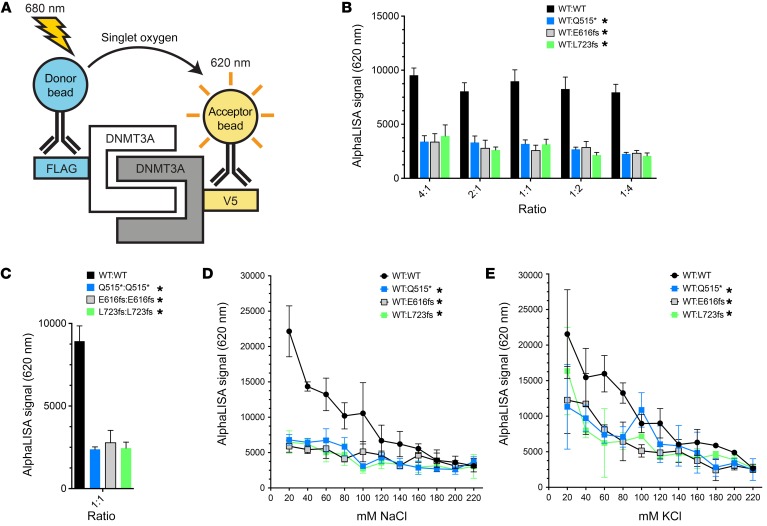Figure 2. DNMT3A truncation mutants do not heterodimerize with WT DNMT3A and fail to form mutant DNMT3A homodimers.
(A) AlphaLISA assay schematic of assay for B–E, in which the interaction between DNMT3A-FLAG and DNMT3A-V5 molecules is measured. Anti-FLAG “donor” beads excited by light at 680 nm release singlet oxygen, which can excite anti-V5 “acceptor” beads within 200 nm, leading to emission light at 620 nm. (B) AlphaLISA measurement of dimerization of WT DNMT3A-V5 with DNMT3A-FLAG (WT, Q515*, E616fs, and L723fs), with crosstitration (4:1, 2:1, 1:1, 1:2, 1:4). (C) Quantification of DNMT3A-FLAG:DNMT3A-V5 homodimerization (WT:WT, Q515*:Q515*, E616fs:E616fs, and L723fs:L723fs) when mixed at 1:1 stoichiometric ratio. (D) Oligomerization of WT DNMT3A-V5 and DNMT3A-FLAG (WT, Q515*, E616fs, or L723fs), mixed at a 1:1 stoichiometric ratio, in response to NaCl. (E) WT DNMT3A-V5 and DNMT3A-FLAG (WT, Q515*, E616fs, or L723fs) oligomerization, mixed at a 1:1 stoichiometric ratio, in response to KCl. All data are shown as mean ± SD of 3 independent experiments, each performed in triplicate. *P < 0.05, 2-way ANOVA relative to WT:WT.

